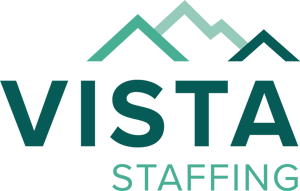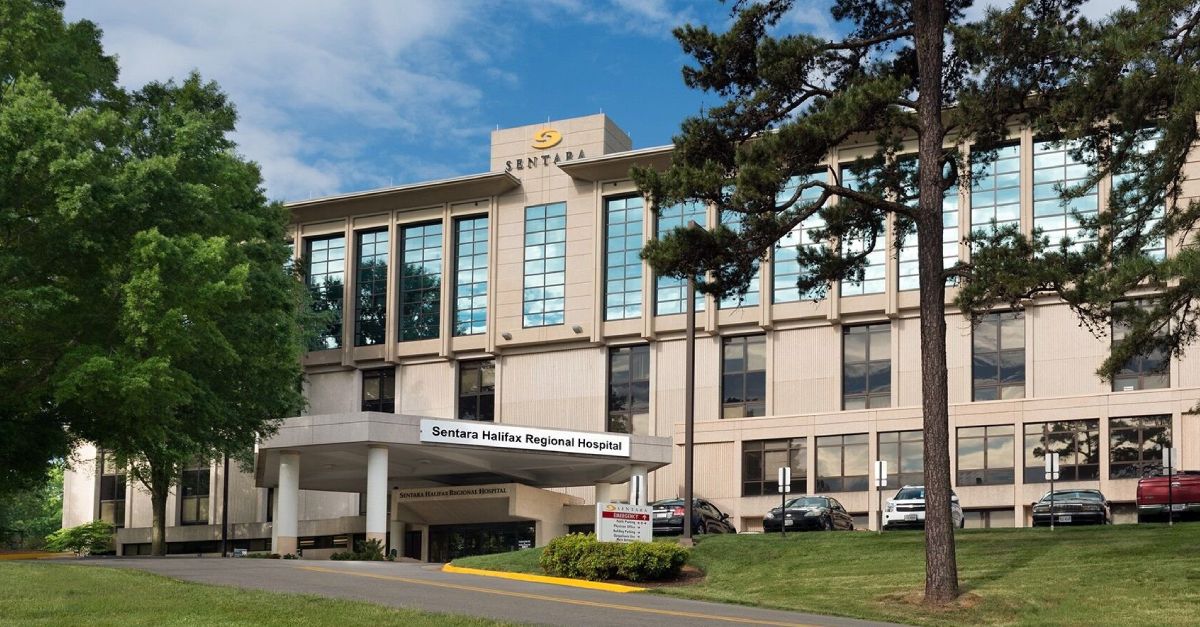
What Interventional Cardiologists Need to Know About Renal Denervation: Q&A with Dr. Nishant Kalra
The prevalence of resistant hypertension is estimated at 8% to 18% of the hypertensive population, with true resistance confirmed after excluding pseudo-resistance and secondary causes. Renal denervation—performed by interventional cardiologists—can lower blood pressure by disrupting renal sympathetic nerves.
We recently sat down with interventional cardiologist Nishant Kalra, MD, to learn more about the procedure.
What is renal denervation?
Uncontrolled and resistant hypertension remains a major contributor to cardiovascular morbidity and mortality, with a substantial proportion of patients failing to achieve guideline-recommended blood pressure targets despite optimal pharmacotherapy. Barriers such as medication nonadherence, intolerance, and persistent sympathetic overactivity have driven interest in device-based therapies.
Renal denervation (RDN) targets renal sympathetic nerves via endovascular ablation. There are two primary renal denervation (RDN) techniques currently approved in the United States: radiofrequency ablation (Medtronic Symplicity Spyral) and (Recor Paradise).
- Radiofrequency ablation uses a multielectrode catheter to deliver radiofrequency energy to the main and branch renal arteries, targeting both proximal and distal segments. This approach aims to disrupt both afferent and efferent renal sympathetic nerves by creating multiple ablation points circumferentially within the vessel wall, thereby reducing sympathetic outflow and lowering blood pressure.
- Ultrasound-based ablation employs a balloon-based catheter that delivers circumferential, high-frequency ultrasound energy to the main renal arteries. The system is designed to achieve consistent and circumferential nerve ablation with a single application per artery, minimizing operator variability and potentially improving procedural efficacy.
Both radiofrequency and ultrasound-based systems have demonstrated efficacy and safety in multiple sham-controlled trials, leading to recent approval from the U.S. Food and Drug Administration (FDA) for the treatment of hypertension in selected patients.
While the RADIOSOUND-HTN trial demonstrated a greater systolic blood pressure reduction with ultrasound-based RDN, both radiofrequency and ultrasound-based systems are considered effective, and neither is clearly superior in all patient populations.
Who is the ideal candidate for renal denervation?
Ideal candidates for RDN are those:
- With true resistant hypertension (uncontrolled BP despite ≥3 antihypertensive agents, including a diuretic, at optimal doses), or
- Intolerant or nonadherent to medications, after exclusion of secondary causes and confirmation of elevated BP by ambulatory or home monitoring, despite lifestyle modification and optimal pharmacotherapy.
RDN is not a first-line therapy and is reserved for select patients after careful evaluation, as recommended by the American Heart Association (AHA) and the European Society of Hypertension
What type of patient would not be a candidate for RDN?
Patients who are not candidates include those with:
- Secondary hypertension (e.g., primary aldosteronism, renovascular disease)
- Significant renal artery abnormalities (such as fibromuscular dysplasia, severe atherosclerosis, or prior stenting)
- Estimated glomerular filtration rate (eGFR) <40 mL/min/1.73m² (relative contraindication)
- A single kidney or kidney transplant (on native nonfunctional kidneys)
- Advanced chronic kidney disease (stage 4 or 5)
- Pregnancy
- Severe comorbidities that increase procedural risk
What does the procedure entail?
RDN involves percutaneous femoral artery access, bilateral renal artery catheterization, and sequential ablation of the renal arteries. The procedure typically lasts about one to one and a half hours.
Most patients are discharged on the same day. However, some may require overnight observation, depending on their comorbidities or procedural factors.
How does RDN work?
RDN lowers blood pressure by disrupting renal sympathetic nerves, thereby reducing sympathetic tone, renin release, and sodium retention. The expected reduction in office systolic blood pressure is 8–16 mmHg, and ambulatory systolic blood pressure by 8–10 mmHg, with effects sustained for up to three years.
Most patients will require ongoing antihypertensive therapy after RDN; the procedure is adjunctive and not curative. Medication burden may be reduced, but RDN is not a substitute for comprehensive hypertension management.
What are the risks associated with the procedure?
The risks of RDN are low and include vascular access complications, renal artery injury (dissection, stenosis), and contrast-induced nephropathy. Long-term safety data are favorable, with no significant increase in adverse renal or cardiovascular outcomes.
What training is required to perform RDN?
Interventional cardiologists must have advanced training in peripheral vascular interventions, with demonstrated proficiency in peripheral vascular anatomy, device manipulation, and complication management, as emphasized by the American College of Cardiology, AHA, and Society for Cardiovascular Angiography and Interventions.
Operators must be able to manage complications such as vascular perforation and dissection, and have proficiency in covered stent placement, thrombectomy, and embolization, or have immediate institutional support for these interventions.
Training pathways for RDN typically involve didactic education, simulation, and proctored cases, and are targeted at interventional cardiologists with established expertise in peripheral vascular interventions. This approach ensures optimal patient outcomes and aligns with current best practices in the field. Training is typically conducted in specialized centers with established hypertension programs, as recommended by the AHA and other expert groups.
Is RDN available throughout the United States?
Renal denervation is not yet widely available throughout the United States.
Its implementation is largely limited to specialized centers with the necessary expertise, equipment, and multidisciplinary infrastructure.
Access is particularly limited in rural areas due to the need for specialized training, comprehensive support services, and established hypertension programs.
While Level II catheterization laboratories can accommodate many peripheral procedures, the absence of onsite surgical backup may limit the ability to manage rare but serious complications. Comprehensive support services (e.g., vascular surgery, anesthesia, advanced imaging) are recommended for optimal safety.
VitalSolution can facilitate the introduction of RDN services in rural or regional hospitals by providing interventional cardiologists with the requisite peripheral vascular expertise and assisting with the development of standardized protocols for patient selection, procedural workflow, and complication management.
However, limitations may arise in settings without surgical backup, limited ancillary services, or insufficient multidisciplinary support, which are important considerations for patient safety and procedural success.

Nishant Kalra, MD, MBA, FACC, FSCAI, FASE, is regional chief medical officer at VitalSolution. An interventional cardiologist, he received his medical degree from Mahatma Gandhi Memorial Medical College in India. He completed his residency in internal medicine at Michigan State University and a cardiovascular disease fellowship at Sarver Heart Center in Tucson, Ariz. Dr. Kalra completed an interventional cardiology fellowship and advanced structural peripheral intervention fellowship at the University of Kentucky Hospital. He also holds a master’s degree in business administration from the University of Illinois Urbana-Champaign.
References:
1. Renal Denervation for Hypertension. Fisher NDL, Kirtane AJ. Nature Reviews. Cardiology. 2025;:10.
2. Renal Denervation for Treating Hypertension: Current Scientific and Clinical Evidence. Weber MA, Mahfoud F, Schmieder RE, et al. JACC. Cardiovascular Interventions. 2019;12(12):1095-1105.
3. Differences in the Effectiveness and Safety of Different Renal Denervation Devices. Ogoyama Y, Kario K. Hypertension Research: Official Journal of the Japanese Society of Hypertension. 2024;47(10).
4. Endovascular Ultrasound Renal Denervation to Treat Hypertension: The RADIANCE II Randomized Clinical Trial. Azizi M, Saxena M, Wang Y, et al. JAMA. 2023;329(8):651-661.
5. Indications for Renal Denervation in the Treatment of Hypertension. Katsurada K, Kario K. Hypertension Research: Official Journal of the Japanese Society of Hypertension. 2024;47(10):2693-2699.
6. Renal Denervation for the Treatment of Hypertension: A Scientific Statement From the American Heart Association. Cluett JL, Blazek O, Brown AL, et al. Hypertension (Dallas, Tex: 1979). 2024;81(10):e135-e148.
7. Update on Advanced Interventional Neuromodulatory Approaches to Lower Blood Pressure. Kiuchi MG, Carnagarin R, Schultz C, et al. Heart (British Cardiac Society). 2023;109(23):1734-1740.
8. The Current Status of Renal Denervation for the Treatment of Arterial Hypertension. Lauder L, Böhm M, Mahfoud F. Progress in Cardiovascular Diseases. 2021 Mar-Apr;65:76-83.
9. Opportunities and Limitations of Renal Denervation: Where Do We Stand. Castillo Rodriguez B, Secemsky EA, Swaminathan RV, et al. The American Journal of Medicine. 2024;137(8):712-718.
10. Renal Denervation for the Treatment of Hypertension and Kidney Disease. Camafort M, Ihm SH, Ruilope LM. Current Opinion in Nephrology and Hypertension. 2023;32(6):544-550.
 company
company 
 (866) 755-7519
(866) 755-7519











